Coros Pace 2 review – Budget GPS running watch full of helpful training features
The Coros Pace 2 is the lightest GPS running watch on the market and offers a lot of bang for your buck

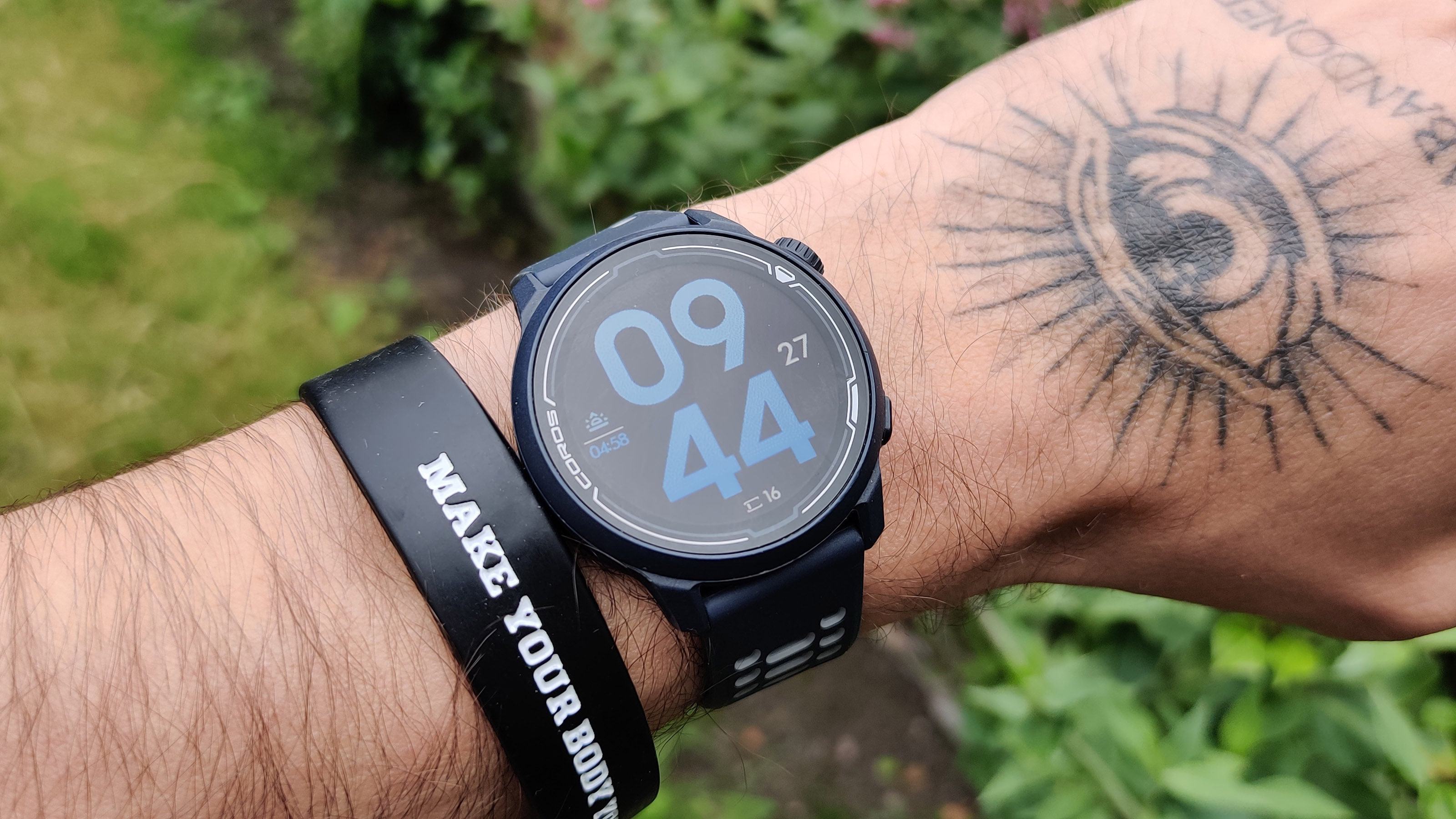

The Coros Pace 2 is hands down one of the best running watches today, especially since the Coros App update. Loaded with useful training features and equipped with a fast GPS, the Pace 2 is almost irresistible to runners on a tight budget.
-
+
Long GPS battery life
-
+
Sharp screen
-
+
Running power on wrist
-
+
Plenty of data to analyse in the COROS App
-
-
Can't sync workout data with Google Fit/Apple Health
-
-
Would be great to be able to customise widgets on the watch
Why you can trust T3

Coros Pace 2 review TL;DR: a brilliant yet inexpensive running watch with a pretty screen that measures running power on the wrist.
Coros has been on the heels of Garmin for a few years now: Coros products always try to deliver more features for a bit less money than the corresponding Garmin watch models. In the case of the Coros Pace 2, the Garmin equivalent is the Garmin Forerunner 45; indeed, the Pace 2 offers a larger display, longer battery life and a lighter body for the same price as the Forerunner 45.
As a matter of fact, the Pace 2 is also on par with the new Garmin Forerunner 55.
Thanks to a recent Coros app update, the Pace 2 can now provide runners with even more data to determine how well their training is going. In the app, under Profile (little shield icon), you can see your 'marathon level', running performance, 7-day total load and a bunch of handy diagrams and charts comparing different metrics, including VO2 max, resting HR, threshold HR and threshold pace.
Thanks to these updates, the Coros Pace 2 isn't only one of the best running watches right now, but it also won the Best Running Watch category at the T3 Awards 2022!
[UPDATE OCT 2023: I finally got around to reviewing the successor of this wonderful wearable, and you can read all about it here: Coros Pace 3 review. To summarise, the Coros Pace 3 provides almost the same user experience as its predecessor but has updated sensors and a touchscreen.]
Coros Pace 2 review: Price and availability
The Coros Pace 2 was released in Aug 2020 and is available to buy now directly from Coros for a recommended retail price of £179.99/ $199.99/ AU$ 330. It's available in two colours (Dark Navy or White) and with two strap options (nylon and silicone). All versions are the same price.
Get all the latest news, reviews, deals and buying guides on gorgeous tech, home and active products from the T3 experts
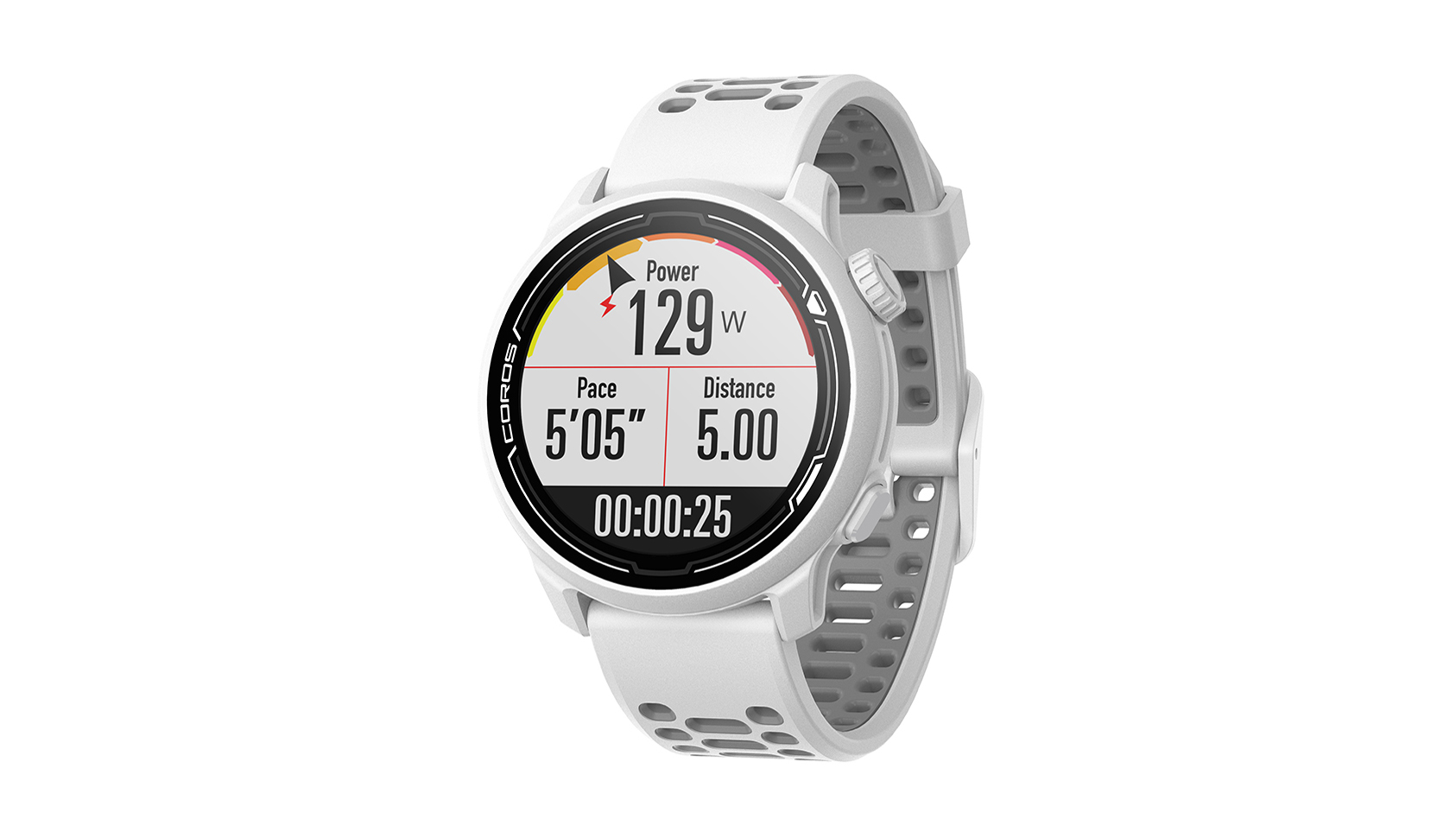
Coros Pace 2 review: What's new
As the name might suggest, the Coros Pace 2 is the second iteration of the Pace watch which was released almost exactly two years ago, an eternity in fitness wearable years. Since then, fitness tech went through a lot of changes and the top running watches come choke-full of casual and hardcore features, not to mention all the sensors onboard that get more and more sophisticated as time goes by.
Thankfully, the Coros Pace 2 feels like a legitimate update of the original Pace, not just an afterthought. The Pace 2 has a smaller case width than the OG Pace (42mm vs 46mm, respectively) all the while retaining the same screen size (1.2 inches). The Pace 2 also has a bigger 'brain'; the 64MB flash memory is four times bigger than the Pace, ready to receive and store any future firmware updates.
However, it is the battery that received the biggest update: the Pace 2 can last up to 30 hours in GPS mode and 60 hours in UltraMax mode as opposed to the Pace's 25 and 50 hours, respectively. This is most likely due to the more efficient GPS chip as the standby battery life has actually decreased: it went from 30 to 20 days. Not like anyone will buy a fitness watch for its great standby battery life, GPS performance is way more important.
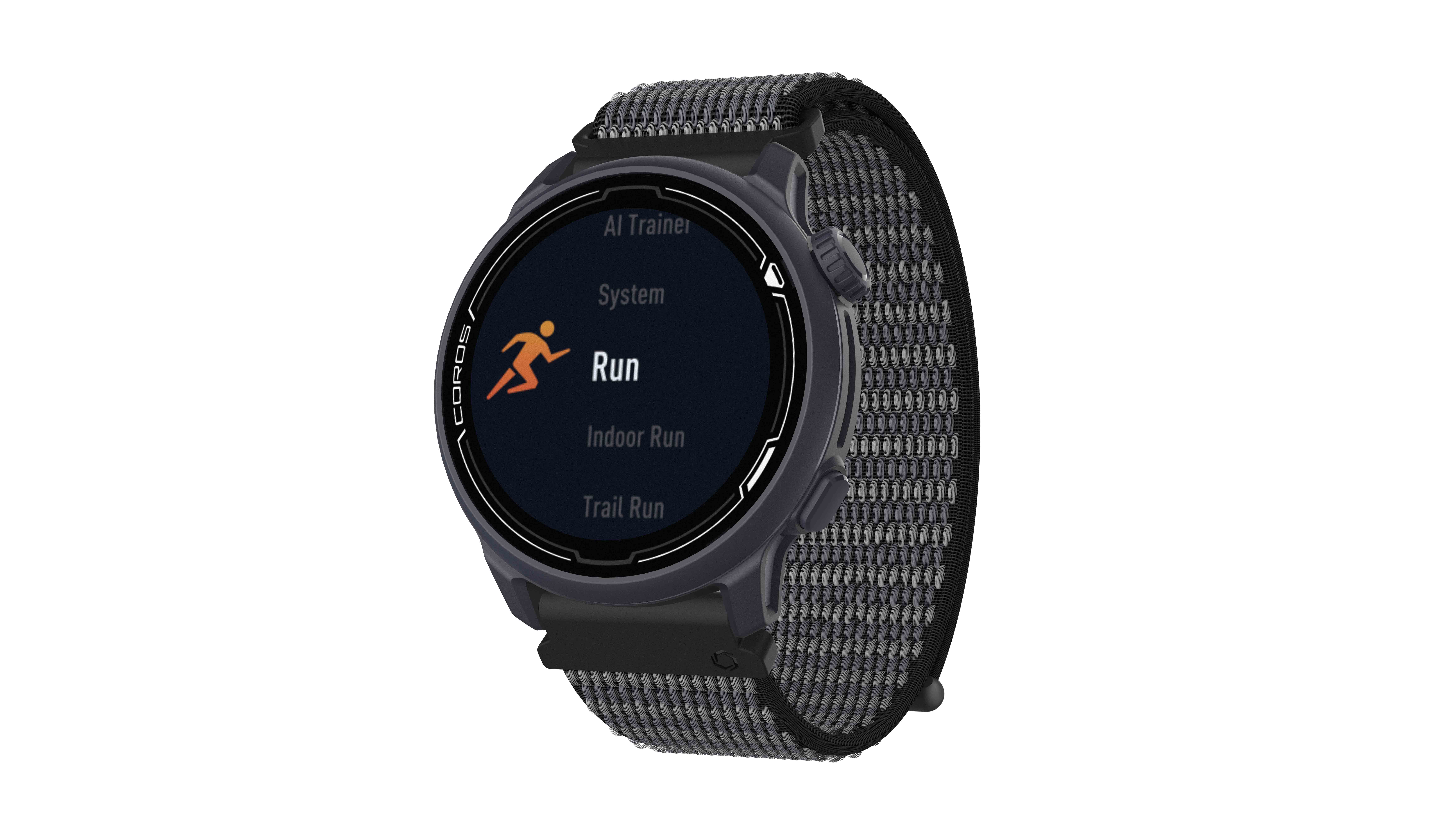
Coros Pace 2 review: Ergonomics
One thing is for sure: the Pace 2 won't weigh your arm down. Coros claims that the Pace 2 is the lightest GPS running watch on the market right now and I think they might be right: the Coros Pace 2 weighs a mere 29 grams, 3 grams lighter than the already highly portable Garmin Forerunner 45S and Polar Unite, both of which weigh 32 grams.
The silicon strap is flexible and has a hinged connection to the watch so it adapts to different wrist sizes better. Even if the strap breaks, since it uses a quick-release mechanism, swapping them in and out won't be much of a hassle. The buttons have a similar layout as what I've seen on the Coros Vertix: there are only two of them on the right side of the case, one push button and one dial.
The dial is used for mainly navigation and for unlocking the screen and the bottom one is to move back into the previous screen and to access the 'toolbox' menu (by long-pressing it). The watch even caters for lefties: in the settings, you can decide which side you want the buttons on and the watch face will be displayed accordingly.
Flicking through the menus is as easy as turning the dial and in all fairness, this is a pretty intuitive way to navigate the Pace 2. The direction in which the dial moves the widgets can also be changed in the menu so there are plenty of ways to customise the Pace 2 in a way that suits your preferences.
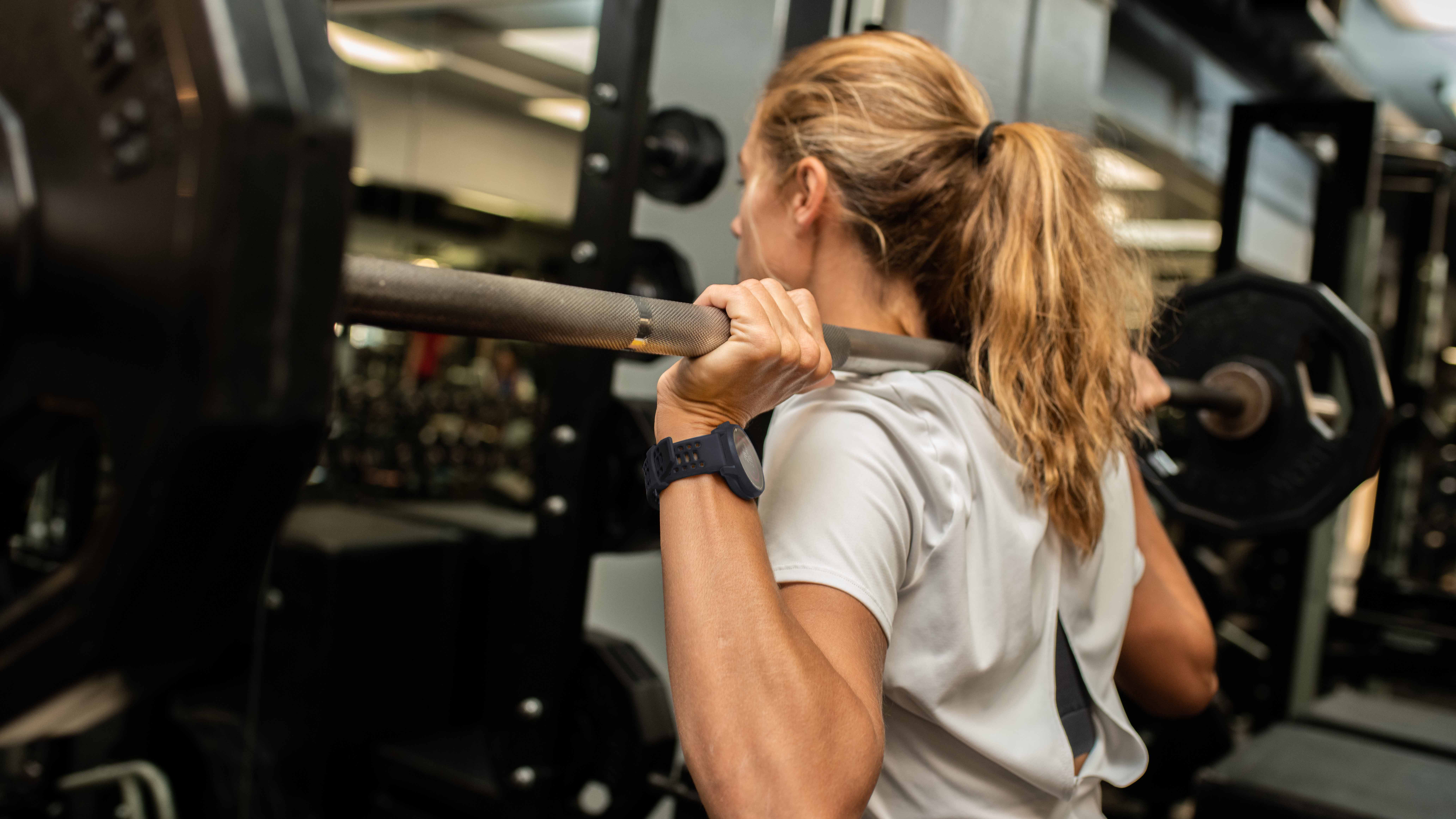
Coros Pace 2 review: Battery life
I already touched on battery life above but just to reiterate: the Coros Pace 2 significantly improved its GPS battery life over its predecessor and can now last for up to 30 hours in GPS tracking mode and up to 20 days in smartwatch mode. There is also an UltraMax mode which extends the battery life to up to 60 hours.
In Ultramax mode, GPS data is only collected for 30 seconds every two minutes and then extrapolated using motion sensors, machine learning algorithms and individual running models for the remaining 90 seconds. Basically, in UltraMax mode, the Pace 2 switches the GPS on and off and does some calculations in the background to determine your speed and position.
This is obviously not very accurate but this power saving option might come in handy for some. I can see better use of this mode on trail running/adventure watches but surprisingly, Coros is very clear that the Pace 2 was not designed for trail runners, so much so that all trail running/off-road sport modes were removed from the watch.
Not saying the UltraMax mode can't be used elsewhere given the GPS signal issues (more on this later), this mode might become preferred to urban runners living in densely packed city centre environments.
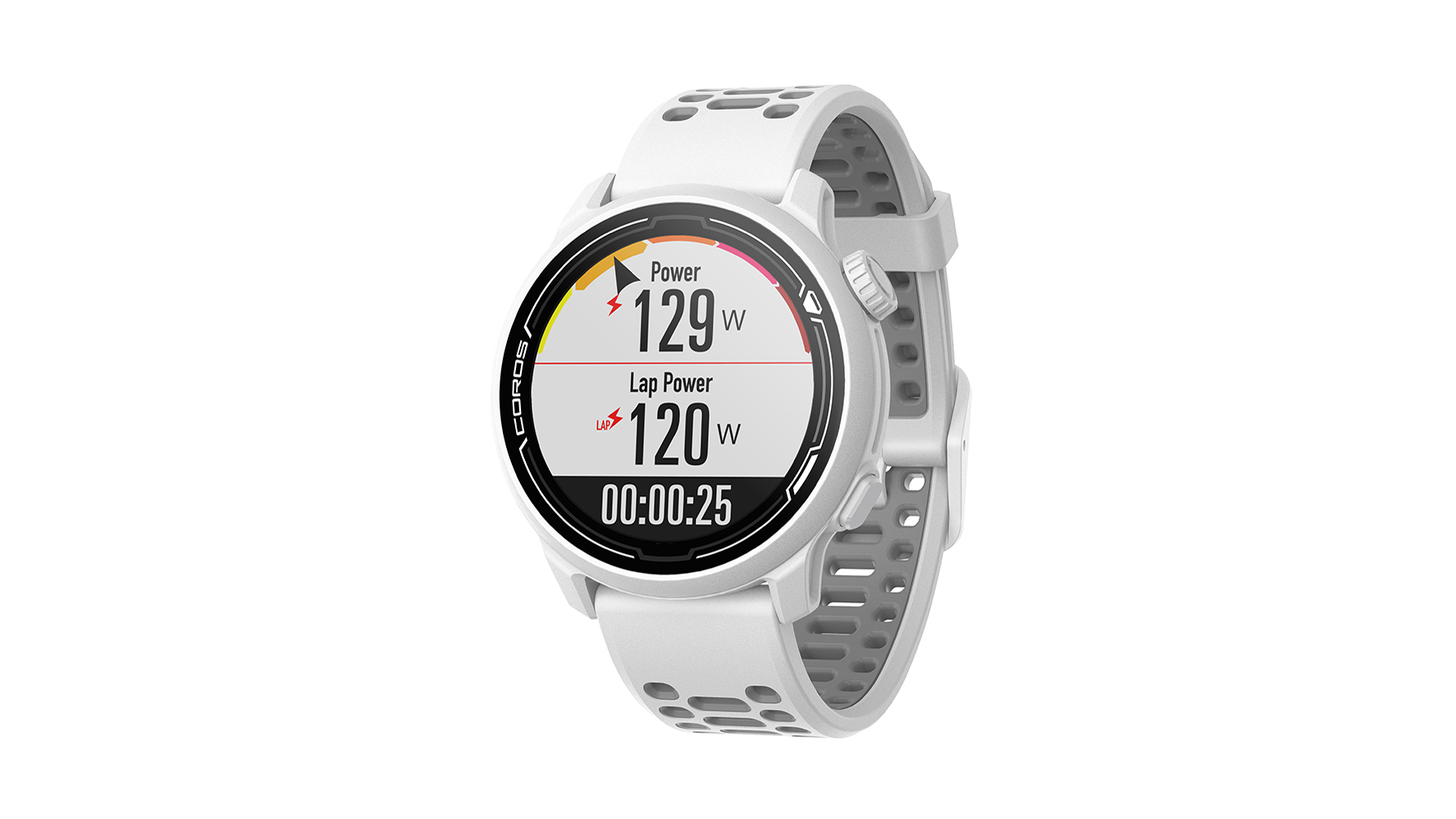
Coros Pace 2 review: Display
The Coros Pace 2 has an amazing screen, hands down one of the best features of the watch. It is bright, sharp, clear and easy to read even during runs. What I noticed is that the display feels 'closer' to the lens as it does on other running watches, which kind of makes it easier to read under suboptimal light conditions (e.g. broad daylight). The Pace 2 uses Corning Glass so even though the lens feel thinner, it probably provides more than enough protection to the display it protects.
The display is 1.2" and has a resolution of 240 x 240 pixels and is capable of displaying 64 different colours. The Coros Pace 2 has an always-on memory pixel display which definitely helps saving on battery life but also looks rather okay too.

Coros Pace 2 review: Features
The Pace 2 is a very capable running watch. It has a fast GPS chip and a decent heart rate sensor, and Coros also includes ABC sensors. Data from the ABC sensors are featured heavily on the watch, which, to be fair, is not all that useful for people who don't often run hills, as what you're going to end up seeing is a lot of flat charts displaying altimetric data.
The widget view is pretty straightforward, and thanks to the brilliant screen, all sensor data look decipherable, even on the wrist, so you don't have to open the Coros App to check basic data. It's not like the Coros App is not good; on the contrary, especially since the recent update was rolled out.
As well as some basic stuff, such as changing watch faces, you can analyse your performance using map view charts and diagrams. All key info about your runs is fed into the Coros App, including pace, cadence, stride length, elevation, heart rate and lap data. All this data can be viewed individually or overlaid on top of each other to see where you struggled/shined on your runs which can help both beginner and even pro runners to better understand their progress over time.
Better still, the Coros EvoLab app features even more data to evaluate your fitness, fatigue and performance levels. EvoLab focuses on the general fitness for all workout types throughout the training season and offers metrics to monitor daily, weekly and long-term training load, recovery, intensity and more.
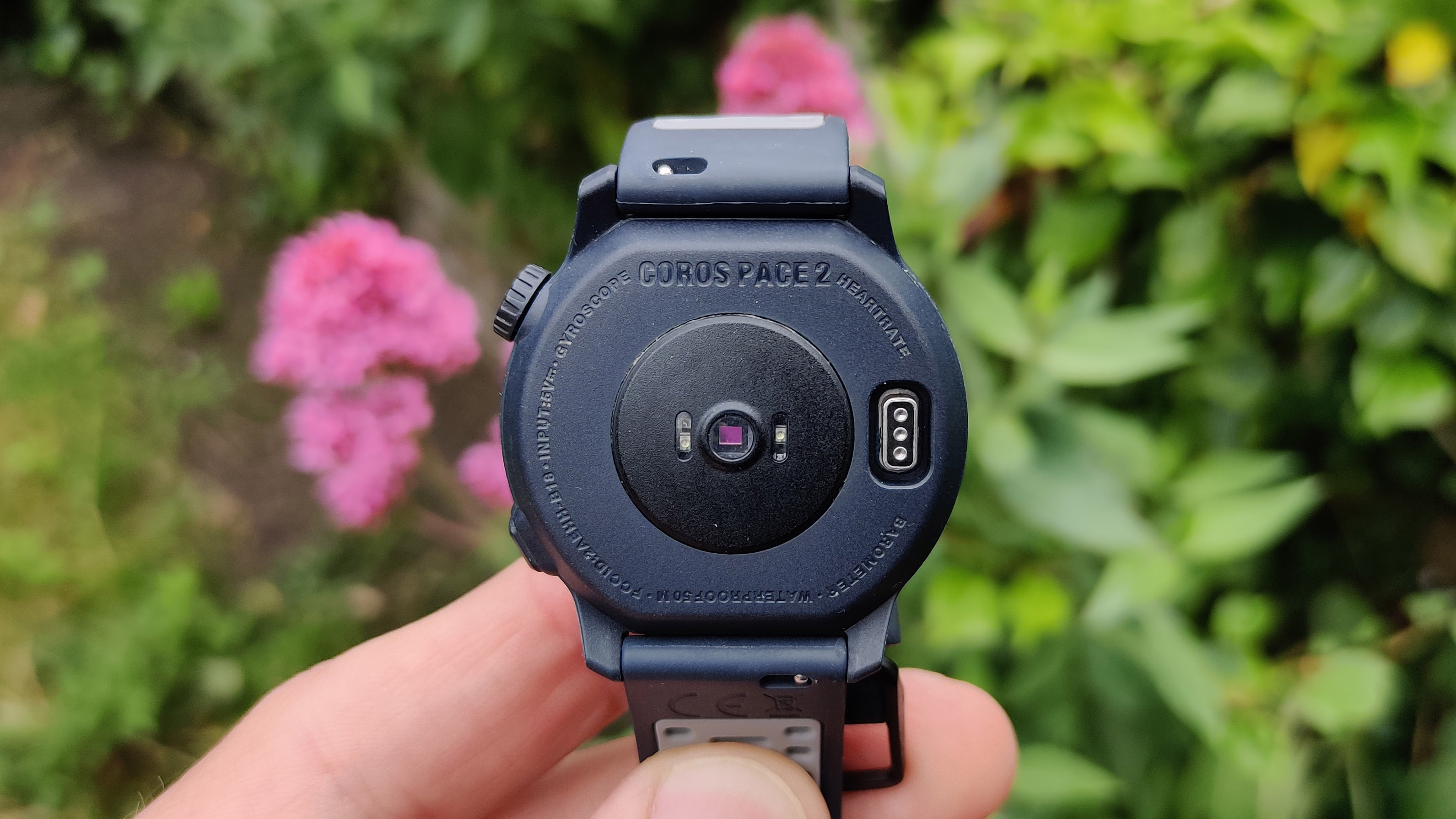
Coros Pace 2 review: Sensors
One of the biggest issues I had with the Pace 2 when first tested was the GPS: it struggled to pick up a GPS signal which was a bit frustrating but not a deal-breaker for this price. However, as it turned out, the unit I tested had a faulty GPS and the replacement watch had a much better GPS performance. It picks the signal up super fast and the route in the Coros App looks more or less where it's supposed to be.
Heart rate data also looks fine in the app, there are no massive swings or instances of the watch not being able to read heart rate for whatever reason. I mainly used the Pace 2 for running and cycling so can't vouch for its underwater heart rate reading performance. For most things over water, it seems adequate enough.
One of the biggest appeals of the Coros Pace 2 is that it measures running power on the wrist without any external sensors. To be 100% honest, I never really understood or used running power as it provides very little useful info for people who don't use the watch for professional training but I won't complain about having it on board as this feature's presence certainly doesn't hinder performance and I guess it's yet another metric runners can use to better understand their performance.
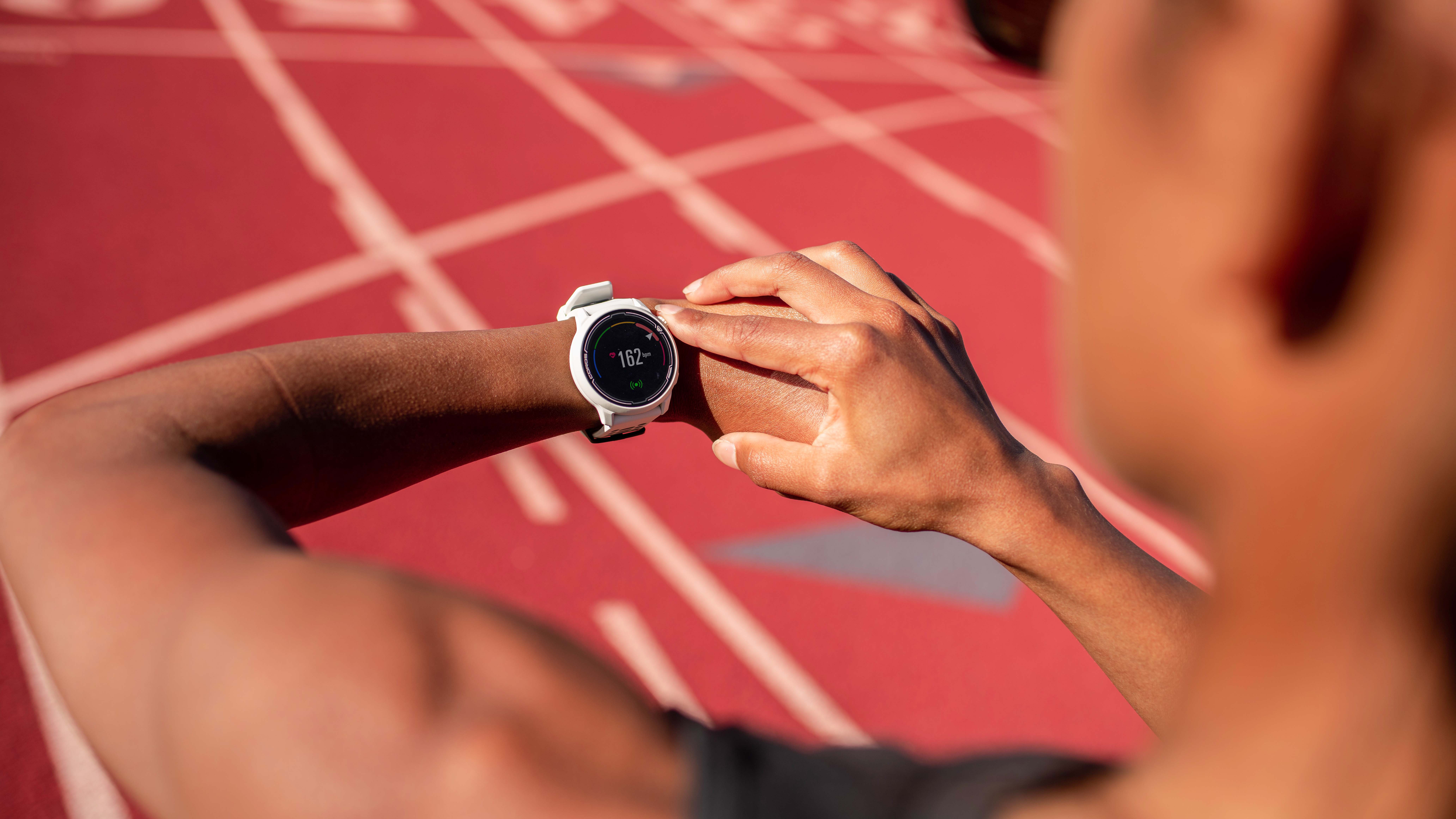
Coros Pace 2 review: Verdict
The Coros Pace 2 is one of the best running watch options for runners on a budget who need an accurate wearable to track a range of different running metrics. It might not be the best option for people who need a fitness watch for everyday use
(the Coros EvoLab might change this) but for runners, I would argue the Pace 2 is as good as it gets when it comes to cheap running watches.
The screen is so nice to look at I often caught myself pursuing the widgets for no reason whatsoever. The Pace 2 is comfortable to wear and since it can't track sleep or recovery, you won't feel the need to wear it for your sleep either. If you want a good sleep tracker, check out the new Fitbit Versa 3 or the Garmin Venu 2.
The Pace 2's battery life delivers big time. Make sure you dust that charger cable off every now and then as the Coros Pace 2 won't need to be charged more than once every other week. The battery life is not 'indefinite' like in the case of the Garmin Instinct Solar but pretty good for a watch so light and compact.
I can wholeheartedly recommend the Coros Pace 2 for all runners but especially beginners and those purists who don't care about arbitrary casual features and would like to use a running watch for sports and not as an ornament on the wrist.
Coros Pace 2 review: Also consider
If you can't even justify the price of the Pace 2, try the Kiprun GPS 500. This dirt-cheap running watch was created in collaboration with Coros, and it provides a similar user experience to the Pace 2. It might be a bit clunkier than that, but for the price, it's hard to criticise it. Read my full Kiprun GPS 500 review.
The Garmin Forerunner 245 is a sturdy yet lightweight running watch that has just the right amount of features for people who are getting into running. It features the Elevate v3 heart rate sensor and a fast GPS chip, plus handy useful training tools such as the adaptive Garmin Coach that can really help you get better at running.
Huawei's first dedicated running smartwatch, the Huawei Watch GT Runner, is essentially a lightweight version of the Huawei Watch GT 3, a capable wearable on its own terms. The Watch GT Runner doesn't offer quite as many features as Garmin or Polar watches, but it has built-in GPS and a comparatively accurate optical heart rate sensor.

Matt Kollat is a journalist and content creator who works for T3.com and its magazine counterpart as an Active Editor. His areas of expertise include wearables, drones, fitness equipment, nutrition and outdoor gear. He joined T3 in 2019. His byline appears in several publications, including Techradar and Fit&Well, and more. Matt also collaborated with other content creators (e.g. Garage Gym Reviews) and judged many awards, such as the European Specialist Sports Nutrition Alliance's ESSNawards. When he isn't working out, running or cycling, you'll find him roaming the countryside and trying out new podcasting and content creation equipment.